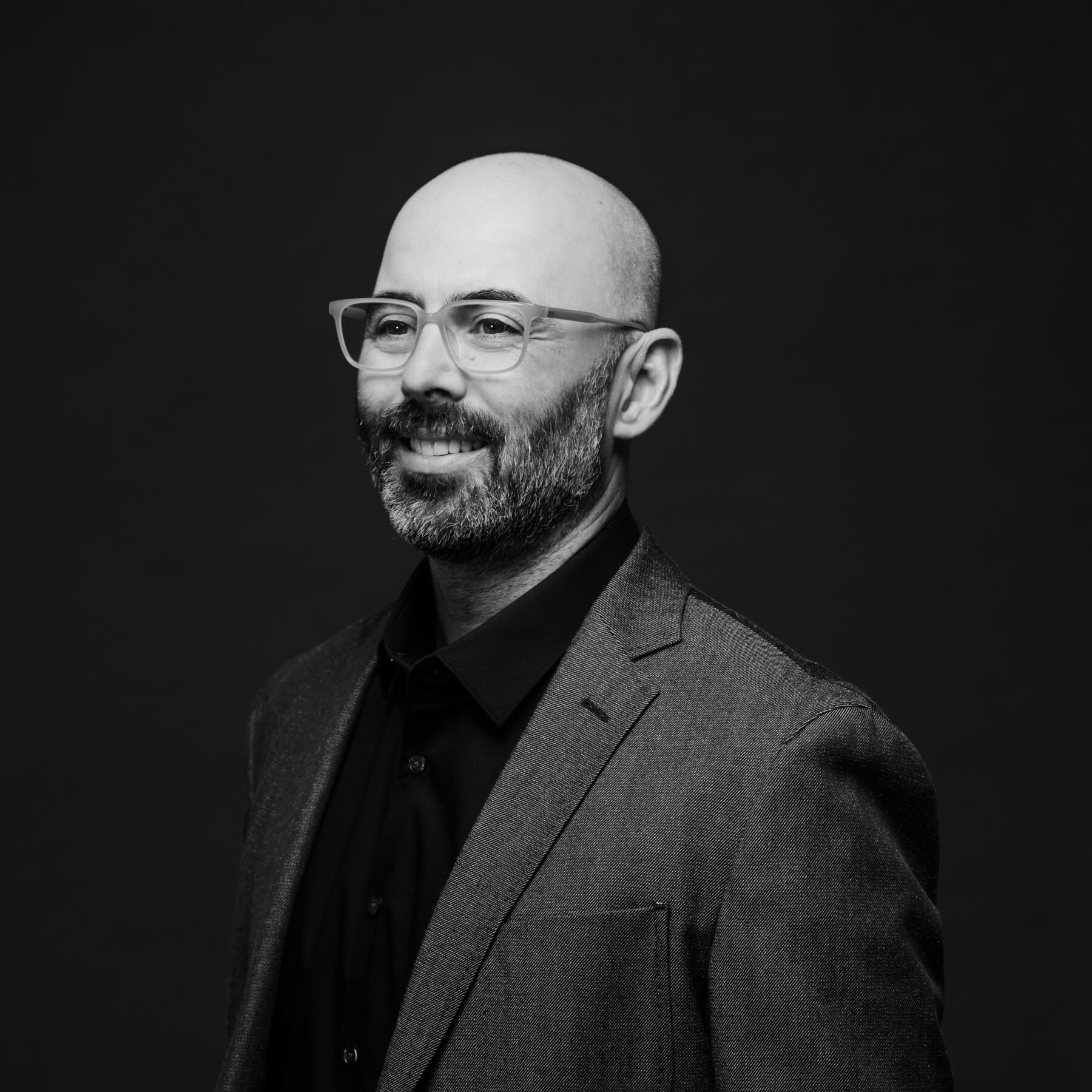A refreshed Design Awards program puts the focus on impact

The wide-ranging AIA Framework for Design Excellence and a conscious pivot towards emphasizing impact are shaping an updated program.
The 2022 BSA Design Awards cycle has begun, and those who have already started their submissions may have noticed something different this time around. Since 2020, the submission process has been updated to focus on the AIA Framework for Design Excellence, an assessment of 10 criteria thoroughly encompassing a project’s many qualities. Whether it’s aesthetic appeal, economic benefits, or community impact, the AIA Framework has each facet of a project covered.
Submitters are now asked to evaluate how their project is integrated within the criteria, which include “Design for Energy,” “Design for Well-Being,” and “Design for Discovery,” among several others.
Sustainability and alleviating the effects of the climate crisis encompasses a major part of the BSA’s new strategic agenda, and Awards are positioned to play a significant role. Though it may seem contradictory, this begins by eliminating the Sustainable Design category, which does not appear this year and will not be a submission category going forward.
“If we define design excellence as including design that addresses climate and equity, then we’ve redefined what design excellence is, to the point where a separate award on sustainability and a separate award on equity—and, maybe in the future, a separate award for accessibility, or different program typologies— may no longer be necessary. We’re really just talking about great design,” said Tamar Warburg AIA, Director of Sustainability at Sasaki.
Warburg served as a juror for the Sustainable Design category last year, and is now a part of the Design Awards Advisory Committee. She’s confident that the new direction for Design Awards will permit a wider range of submitters to showcase the values that are most important to their firms.

A large part of that is the AIA Framework, which, as a member of the AIA National Committee on the Environment (COTE), she knows inside and out.
“What the Framework for Design Excellence does is define excellence to include those characteristics,” said Warburg. “By talking about ‘Design for Well-Being,’ we’re addressing what it means to incorporate health. By talking about ‘Design for Resources,’ we’re asking what it means to talk about carbon emissions. With ‘Design for Equity,’ we ask what it means to reach out to the broader community and who we serve as designers.”
Her personal favorite Framework criteria is “Design for Discovery,” which she says encourages innovation and enables firms to think about ways that the industry can break new ground.
“It’s a really exciting opportunity to think through the many ways that an individual building impacts the world around us,” Warburg said.
Of course, such a thorough submission process has its challenges, but firms are encouraged to see the new process as an opportunity rather than an impediment to earning recognition.
“I hope the BSA will not consider excellence in every
single one of these areas as a prerequisite for Design Awards, but will
allow for some really shining examples that focus on a small number of
these criteria,” Warburg said. “We hope that having to address each
criteria separately will draw out some of the stories about equity,
about carbon, about design for health and well-being, that might not
have emerged under previous criteria.”
“It’s my hope that the BSA’s adoption of the Framework for Design Excellence will increase awareness of the potential for sustainability and equity issues to become part of our firm’s business models. If this becomes part of how we do business, we’re strengthening our own firms, as well as our clients’ ability to succeed in an uncertain future,” said Warburg. “That’s the real story—using this framework as a tool to illustrate ways in which we can add value for our own firms, for our clients, and for our goals to protect both the climate and the health of our communities.”

